Editor’s note: We have changed the rating on the claim below that the Secret Service denied requests from the Trump campaign for extra security to “true,” given new reporting on the issue.
Since the failed assassination attempt on Donald Trump at a campaign rally on Saturday, numerous false and misleading claims have circulated online. Issues including the Secret Service’s handling of the rally, the shooter’s identity, and cause of Trump’s injury have been subject to both deliberate disinformation and unintentional misinformation.
Below is a roundup of some of the most widespread claims that The Dispatch Fact Check has seen this week.
Secret Service resources were diverted: No evidence to support.
Claims have arisen that Secret Service agents and resources were diverted from Trump’s rally in Butler, Pennsylvania, to cover a Jill Biden event in nearby Pittsburgh. The claim originated in a post on X by RealClearPolitics correspondent Susan Crabtree, who reported that Trump’s status as only a former president meant that the first lady’s event took priority in line with agency protocol. “Secret Services resources were diverted to Jill Biden's event and away from Trump's because they followed agency protocol applying to Trump as a former president, according to two sources within the Secret Service community,” Crabtree wrote.
Crabtree’s reporting relies entirely on anonymous sources and has been refuted by the Secret Service. “Susan, this is very wrong,” Anthony Guglielmi, chief of communications for the Secret Service, wrote in a post on X Sunday night. “We did not divert resources from FPOTUS Trump & protection models don't work that way.”
Rules of engagement prevented agents from firing: False.
Crabtree also reported—using only anonymous sources—that the Secret Service’s rules of engagement prevent agents from engaging an armed threat until that threat fires a weapon. “A source within the Secret Service community tells RealClearPolitics that the agency rules of engagement in this situation are to wait until the president is fired upon to return fire,” Crabtree wrote in a post.
However, Anthony Cangelosi, a former Secret Service agent who served on details for multiple former presidents, explained to The Dispatch that agents are permitted to fire preemptively on threats.
Agents don’t have to wait until a suspect opens fire before they can, but they still must assess whether someone is a threat before acting. “You want to be certain before you take that shot,” Cangelosi said. “[Agents] may not have been able to verify that this person was a threat that quickly.”
These rules of engagement were also confirmed by Jeff James, a former Secret Service assistant special agent in charge. “There’s no point in [the marksmen] being there if they’re going to wait,” James told The Dispatch Fact Check. “As soon as they view a potential threat, they can engage a potential threat.”
Requests for additional security were denied: True.
On Saturday night, Florida Rep. Mike Waltz claimed in a post that Department of Homeland Security Secretary Alejandro Mayorkas had denied repeated requests for additional Secret Service resources to cover Trump. “I have very reliable sources telling me there have been repeated requests for stronger secret service protection for President Trump. Denied by Secretary Mayorkas,” Waltz wrote.
Right-wing commentator and former Secret Service agent Dan Bongino reasserted the claim, but noted that Secret Service Director Kimberly Cheatle was responsible for denying requests for additional security.
Waltz and Bongino did not provide any evidence for their claims, and the Secret Service, for its part, disputed the allegation. “There's an untrue assertion that a member of the former President’s team requested additional security resources & that those were rebuffed,” Guglielmi wrote in a post. “This is absolutely false. In fact, we added protective resources & technology & capabilities as part of the increased campaign travel tempo.” Mayorkas also rejected the claim in a Monday interview on Good Morning America. “We have not received any requests for additional security measures that were rebuffed,” Mayorkas said. “That assertion is unequivocally false.”
Update: On July 20, the Washington Post reported that the Secret Service had indeed repeatedly rejected requests from Trump’s security detail for additional personnel and resources:
Agents charged with protecting the former president requested magnetometers and more agents to screen attendees at sporting events and other large public gatherings Trump attended, as well as additional snipers and specialty teams at other outdoor events, said the people, who spoke on the condition of anonymity to describe sensitive security discussions. The requests, which have not been previously reported, were sometimes denied by senior officials at the agency, who cited various reasons, including a lack of resources at an agency that has long struggled with staffing shortages, they said.
Guglielmi, who previously denied the assertion, told the Washington Post that the agency “had learned new information indicating the agency’s headquarters may have in fact denied some requests for additional security from Trump’s detail and was reviewing documentation to understand the specific interactions better.”
Trump was injured by shattered glass: False.
In the hours directly following the shooting, Newsmax reported that Trump had been hit not by a bullet, but by glass fragments from a shattered teleprompter.
By the end of the evening, however, evidence overwhelmingly suggested that Trump had indeed been struck by a bullet. A bullet can be seen whizzing past the former president’s head in a picture taken by New York Times photographer Doug Mills, and photographs taken of the stage following the attack show no damage to either of Trump’s teleprompters.
Trump posted to Truth Social on Saturday night that it was indeed a bullet. “I was shot with a bullet that pierced the upper part of my right ear,” Trump wrote. “I knew immediately that something was wrong in that I heard a whizzing sound, shots, and immediately felt the bullet ripping through the skin.”
The shooter was known to the FBI: False.
On Sunday afternoon, a viral post with more than 5.8 million views claimed that CNN had reported that the shooter was known to the FBI prior to the attack.
CNN, however, did not report that Crooks was known to the FBI, and the New York Times reported Sunday that Crooks had not been on the radar of any federal law enforcement agencies.
The shooter donated to Democrats: True.
What little public information was available on Thomas Matthew Crooks quickly spread online after he was identified as the shooter. Early reports indicated that Crooks was registered as a Republican, but had donated to a progressive political action committee (PAC).
A viral tweet with more than 4.6 million views rejected this claim, however, arguing that the donation had actually been made by a 69-year-old registered Democrat with the same name.
This post is false. Campaign finance documents for ActBlue—a PAC supporting Democrat candidates—show that Crooks did in fact make a single $15 donation to the Progressive Turnout Project in January 2021. The address associated with Crooks in the donation document reviewed by The Dispatch Fact Check matches the one listed for him in Pennsylvania’s voter registration records, where Crooks is registered as a Republican. (The Dispatch Fact Check has obscured Crooks’ address in the interest of his parents’ privacy.)

The FBI has yet to identify a motive for the shooting, but investigations are ongoing.
Plus: Several individuals wrongly identified as shooter.
Several individuals were misidentified as the shooter over the weekend.
On Saturday, a supposed member of the left-wing militant group Antifa named Mark Violets, was identified as the shooter by numerous viral social media posts. The images were actually of Italian soccer blogger Marco Violi, who addressed the false claims on his Instagram Sunday morning.
Maxwell Yearick, who was arrested during an altercation with police officers at an anti-Trump protest in 2016, was similarly misidentified as the shooter by some right-wing social media accounts, including that of former Trump adviser Roger Stone.
Images of X user “jewgazing” were widely identified as belonging to Crooks after the user posted a satirical video that spread widely. “My name is Thomas Matthew Crooks. I hate Republicans. I hate Trump. And guess what, you got the wrong guy,” he says in the clip. The user quickly deleted the video and expressed regret for posting it.
Editor’s note: We have changed the label on the first claim to say there is no evidence to support the claim that resources were diverted from Trump’s rally.
If you have a claim you would like to see us fact check, please send us an email at factcheck@thedispatch.com. If you would like to suggest a correction to this piece or any other Dispatch article, please email corrections@thedispatch.com.
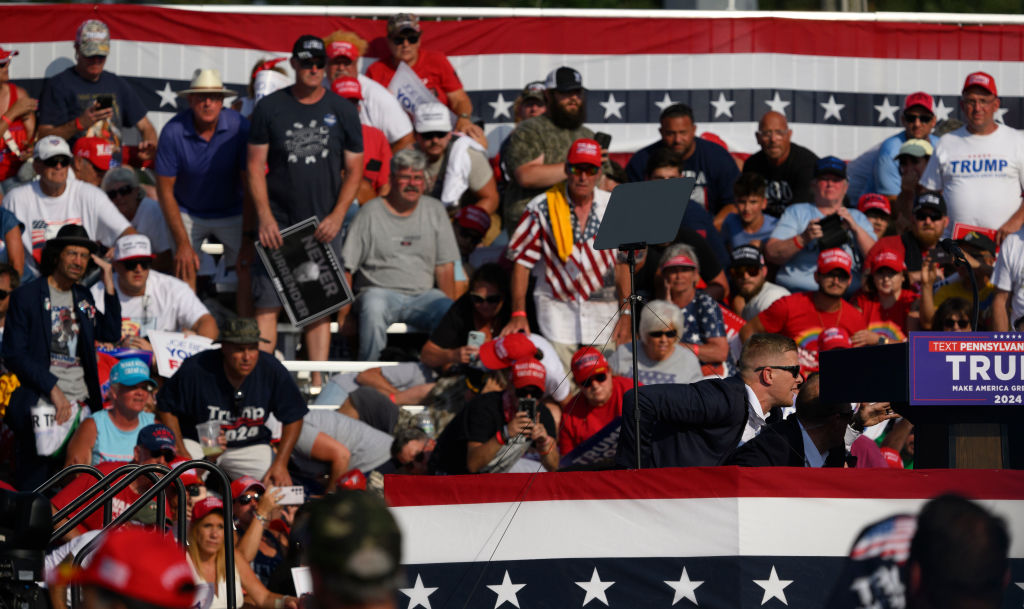

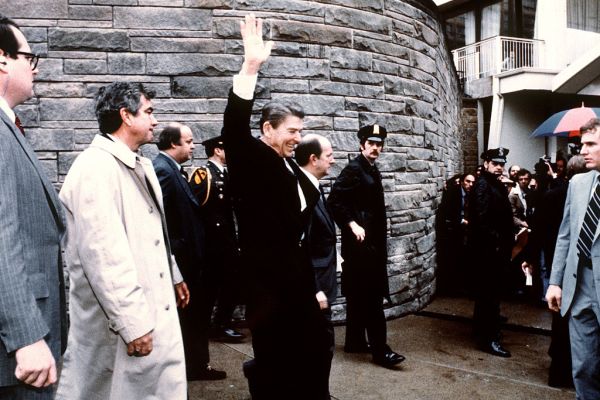
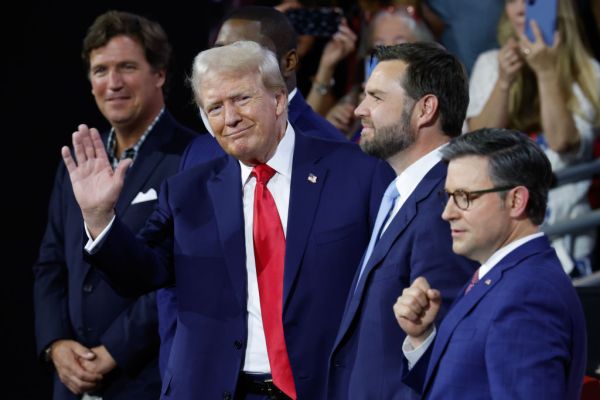
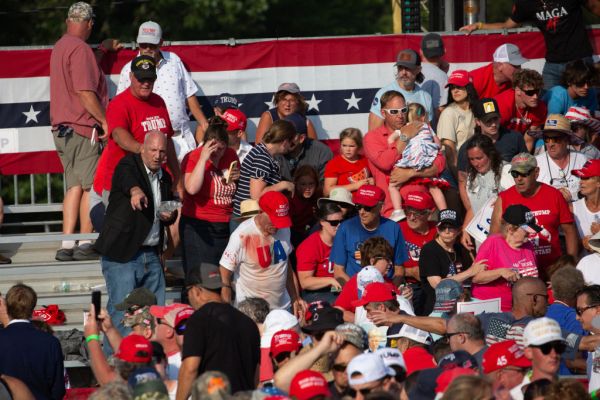
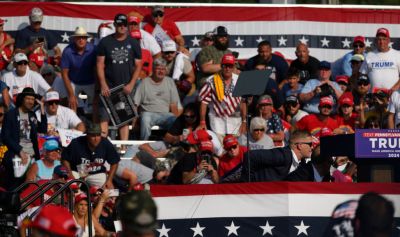
Please note that we at The Dispatch hold ourselves, our work, and our commenters to a higher standard than other places on the internet. We welcome comments that foster genuine debate or discussion—including comments critical of us or our work—but responses that include ad hominem attacks on fellow Dispatch members or are intended to stoke fear and anger may be moderated.
With your membership, you only have the ability to comment on The Morning Dispatch articles. Consider upgrading to join the conversation everywhere.